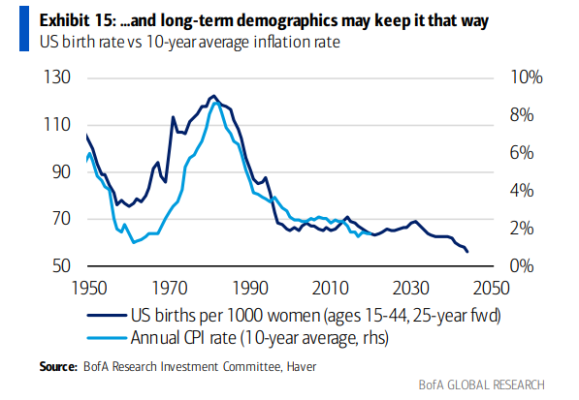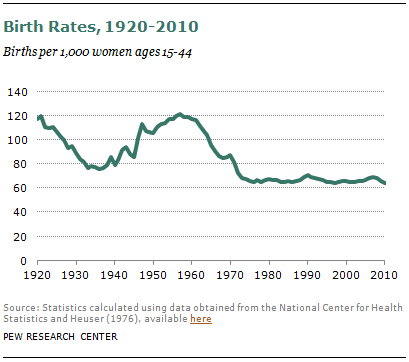aja8888
Moderator Emeritus
Well, that's not for horse p*** regular at a convenience store or anything like that. It was for the highest (premium, 93 octane?) grade of Exxon gasoline, at a convenient Exxon in an urban location. It's the gas station I am used to going to, since it's close to my home. The point you were supposed to get from my post was not that my gas station offers a huge bargain, but that the gas price didn't budge by even one cent a month later. Apparently I wasn't too clear.
Has your gas price gone up at all in the past month? Ours hasn't. And yet, according to mass media, we should be freaking out at how gas prices are skyrocketing upwards each day compared with the day before.
Not only has gas price stayed extremely stable for us, but we haven't been driving as much because of the supposedly inflated pricing. So, we are spending LESS on gas, not more.
Our gasoline prices around The Woodlands area jump around a bit, based on the crude futures pricing.
That $2.79 IS at an Exxon station. At Costco right now it is $2.65/gallon ($2.99 for 93 octane) one mile from my house. And, just curious, why are you putting 93 octane in the Toyota? I believe it is configured to run on 87 octane?


